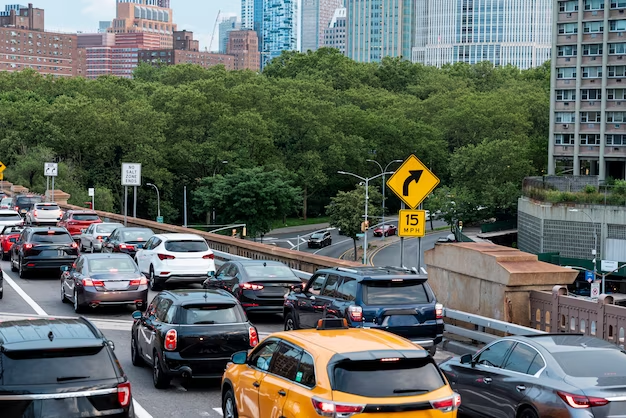Haryana Minister Urges Traffic Plan to Prevent Snarls During Metro Expansion
To ensure smooth traffic flow and reduce inconvenience to commuters during the metro expansion between Millennium City Centre and Cyber City, Haryana’s Minister of State (MoS) for Industry and Commerce, Rao Narbir Singh, has instructed officials to devise a detailed traffic diversion plan. The minister stressed the need for thorough planning to prevent traffic snarls and to ensure public comfort while the metro construction work is underway. He made the remarks following an inspection of the proposed metro expansion route on Sunday.
This expansion project is a crucial part of Haryana’s broader transport infrastructure goals. The state government is eager to ensure that daily commuters are not heavily impacted by the construction activities. According to Singh, the plan should focus on managing the increasing traffic volumes and creating alternative routes to keep vehicular movement uninterrupted. Singh also directed officials to finalise the metro route alignment within one month. The proposed route will span key urban areas, connecting Millennium City Centre to Cyber City and offering improved connectivity to vital parts of Gurugram. The metro expansion is part of the state’s larger effort to modernise public transport and address growing urban mobility challenges. Once completed, the expanded metro system will ease congestion at other busy stations and provide a cleaner, more efficient way for residents to travel around the city.
In preparation for the upcoming construction work, the Gurugram Metro Rail Limited (GMRL) is conducting a final local survey to evaluate the existing conditions along the route. The GMRL has also planned to begin a ground-penetrating radar (GPR) survey, which will be used to identify underground utilities along the proposed route. This technology will help prevent any accidental damage to critical infrastructure such as water pipes, sewage lines, and electricity cables during the construction process. Early identification of these utilities is essential to ensure minimal disruption to public services and to allow for timely mitigation measures, should they be required. Minister Rao Narbir Singh made it clear that it is essential for public utilities such as drainage, electricity, water supply, and sewage systems to remain operational during the construction. Any disruptions to these services must be addressed with mitigation measures before work on the metro expansion begins. Officials have been asked to ensure that the finalisation of the metro route takes into account the preservation of existing infrastructure and that the construction process is as seamless as possible.
The development of the metro system comes at a crucial time for Haryana, as the population continues to grow, and the demand for efficient public transport systems becomes more urgent. The project is not only expected to alleviate traffic congestion but also to create better access to essential services, enhance economic activity, and contribute to a greener environment by encouraging the use of public transport. The metro expansion project is an integral part of Haryana’s long-term urban development vision, which aims to cater to the growing needs of commuters and support the city’s development. The corridor will span a 26.6 km main line from Millennium City Centre to Cyber City, along with an additional 1.8 km spur from Basai Village to Dwarka Expressway. The project, which is estimated to cost Rs 5,452 crore, is a significant investment in the state’s future.
With Prime Minister Narendra Modi laying the foundation stone for this development in February 2024, Haryana officials are committed to ensuring the timely completion of this infrastructure project. The metro system will utilise modern technologies like communication-based train control (CBTC) signalling and standard gauge track, and the initial phase will include three-coach trains with the ability to expand to six coaches in the future. As the metro expansion progresses, local residents are eager to see the benefits of improved connectivity. However, the successful execution of the traffic management plan will be critical in minimising disruptions during the construction phase. With the careful planning and coordination of various stakeholders, officials are confident that this project will enhance Gurugram’s transportation infrastructure, improve daily commutes, and contribute to the city’s overall growth and development.




